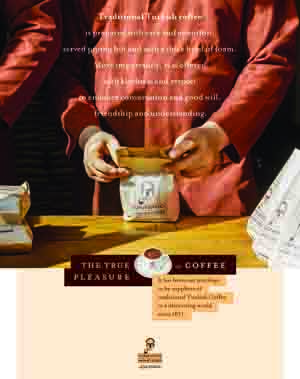On Wednesday August 25 I went to Emirgan for a concert on the ‘Fıstıklı Teras’ (Pine Tree Terrace) of the Sakıp Sabancı Museum. It was a balmy summer evening and outside the Atlı Köşk – the main building of the complex, approached via a wide marble stairway – there was a faint aroma from the pine trees in the garden. It became more noticeable as the evening progressed, even wafting down to the auditorium below. I gazed over the Bosphorus towards the Khedive’s Palace on the headland opposite, thinking how privileged I was to be living in Istanbul. The feline sprawled over the balustrades of the stairway, meanwhile, greeted my attentions with a weary yawn and took itself off for a saunter between the cypresses.
The awning covering the stage was vaguely shell-shaped, putting one in mind of Venus’s emergence from the sea in Botticelli’s painting, and the positioning of the auditorium on the terrace allowed one to stare foolishly into the firmament above the darkening waterway, half-heartedly tracking the swoopings of the birds and emptying one’s brain of unnecessary thought. At last the members of the Borusan Quartet – Esen Kıvrak (first violin), Nilay Sancar (second violin), Efdal Altun (viola) and Çağ Erçağ (cello) – emerged from the bushes, and the show began.
The first item on their programme, the String Quartet No 4 by the contemporary Latvian composer Pēteris Vasks, was the subject of my blog entitled ‘The Magnificent Four’, dated July 5. In this blog, in addition to describing a superb studio performance of the work by the Borusan Quartet (it had appeared on the borusansanat.tv website in June), I reproduced two comments on the String Quartet No 4 by other people. The first, by the composer himself, was as follows:
‘There has been so much bloodshed and destruction, and yet love’s power and idealism have helped to keep the world in balance. I wanted to speak of these things in my new quartet; not from the sidelines, but with direct emotion and sensitivity.’
The second, by music critic Robert Levine, offered the following opinion:
‘…in this, his fourth quartet, we are taken through a myriad of feelings. [Vasks’] music is always intense, and he knows how to build to a climax, relax, and return the listener to a heightened awareness of drama... His meditative moments will remind listeners of Arvo Pärt; his disruptive passages bring Shostakovitch to mind. But the textures … are uniquely Vasks’, and when, at the work’s conclusion, after a return to the folk melody of the first movement, the strings fly up to their highest registers and simply disappear into the ethos [sic – he must mean ‘ether’, but ‘ethos’ is equally appropriate], the effect is magical and, somehow, comforting.’
And so I settled down to enjoy the players’ performance, admiring their almost faultless co-ordination as the piece alternated between passages of slow sublimity and more driven episodes that were almost apopleptic in their intensity. Soon the lady sitting in front of me began looking at her mobile telephone, and I silently applauded her for sticking it out (the music being, of course, an unwanted distraction from her Facebook feed) for a full eight minutes. Then the gentlemen on either side of her followed suit, no doubt having urgent business to transact – perhaps the mandatory awarding of thumbs-up to their friends’ mouth-watering close-up photographs of the evening meals they were about to consume.
The sliding-up-and-down glissandi that occurred throughout the piece were echoed, on one occasion, by the wailing siren of an ambulance down on the coast road below. The face of the cellist, meanwhile, was permanently wreathed in smiles that sometimes broke into outright grins – occasioned, I would guess, by the quality of the music being made all around him. The emotionally-charged last movement, entitled ‘Meditation’, was enhanced by a tear-jerking solo from the viola, and the piece ended with the apotheosis of the first violin. I envisioned the sound climbing higher and higher into the vaulted ceiling of a Gothic church.
The second item on the programme, Mozart’s Clarinet Quintet in A major (K 581), followed on from the first without interval. Here the string players were joined by French clarinettist Paul Meyer, best known for his collaborations with flautist Jean-Pierre Rampal (1922-2000) and pianist Éric Le Sage. To say that this work has always been one of my favourites would be an understatement: I regard it with an awe bordering on religious fervour. The clarinettist, too, seemed to be enjoying himself – when not actually playing, he would close his eyes and tilt his head heavenward, as if being fanned by a palm-frond-bearing lackey on some tropical island. His pianissimo tone was a treat, though I have to say there were times when I thought it erred slightly on the side of inaudibility.
Thus the evening drew to a close. This was the first real-time concert I had attended in person for nearly a year and a half, and the feeling of relief at having this particular wound lanced and dressed was rendered even more intense by the length of the period of painful deprivation. Many thanks, then, to the İKSV, their sponsors, their staff, the musicians, Lady Venus, the birds and the pine trees for making this experience possible. The cat was wrong to disappear into the cypress trees: it should have come down onto the terrace, sneaked backstage, and curled up in the cello case to listen.







